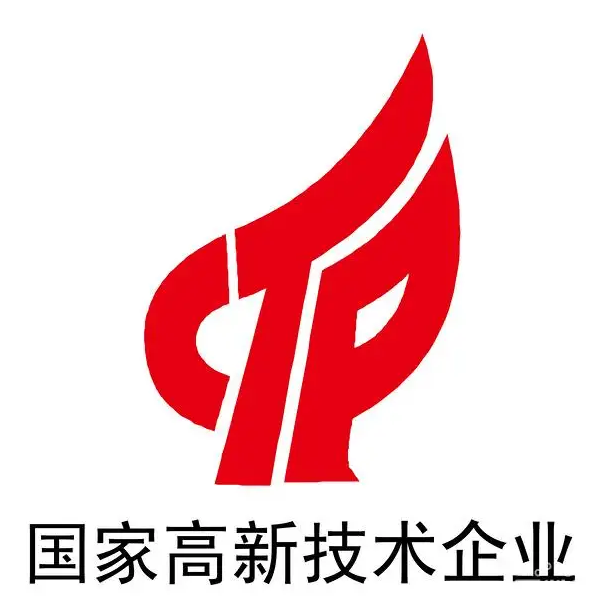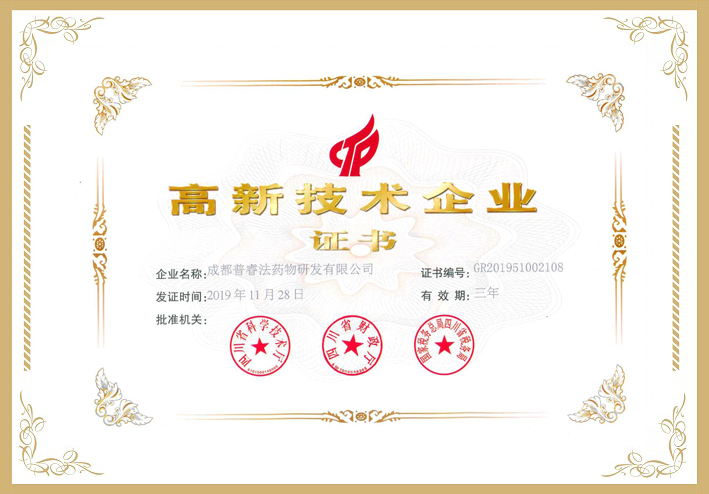期刊名:MDPI
文献编号:
文献地址:
发表日期:5 April 2022
Turmeric (Curcuma longa) is a spice that has been used for a long time in traditional medicine for its anti-inflammatory properties and recently used in the food industry for its dyeing and flavoring properties. This work studied the effect of different drying methods (convection oven drying, fluidized bed drying, and traditional solar drying) on the quality of Curcuma longa powder. The effect of UV radiation on turmeric powder using different packaging materials (glass, aluminum foil bag, and low-density polyethylene bag), was also studied. Subsequently, the fluidized bed drying method was used to evaluate the effect of drying temperature. The results show that convection and fluidized bed drying had no significant impact on turmeric quality. However, solar drying degraded curcuminoids by 36.5% and the ORAC value decreased by 14%. Regarding the packaging materials, the aluminum bag prevented the deterioration of 14% of the curcuminoids for the powder exposed to UV radiation. Finally, the effect of temperature on fluidized bed drying was evaluated at 50–80 ◦C, finding that there were no significant differences in the curcuminoid content and antioxidant capacity of turmeric powder. This implies that the range of temperature used in this study is appropriate for drying this material using fluidized bed drying, producing a turmeric powder with a high content of bioactive compounds, when compared to convection oven and solar drying. Therefore, the turmeric powder obtained in this way can be used as an active ingredient in the formulation of different kinds of foods and supplements.























